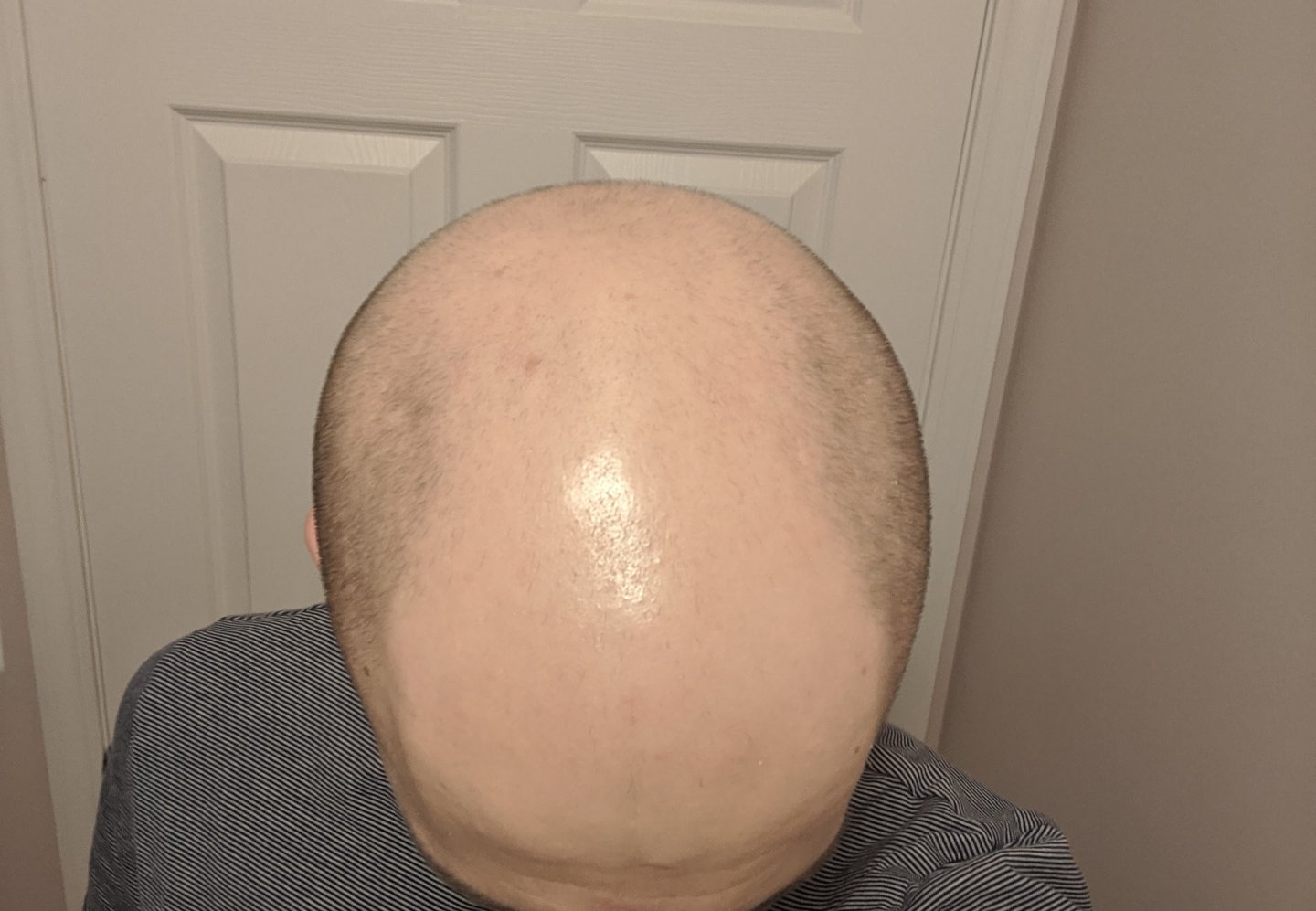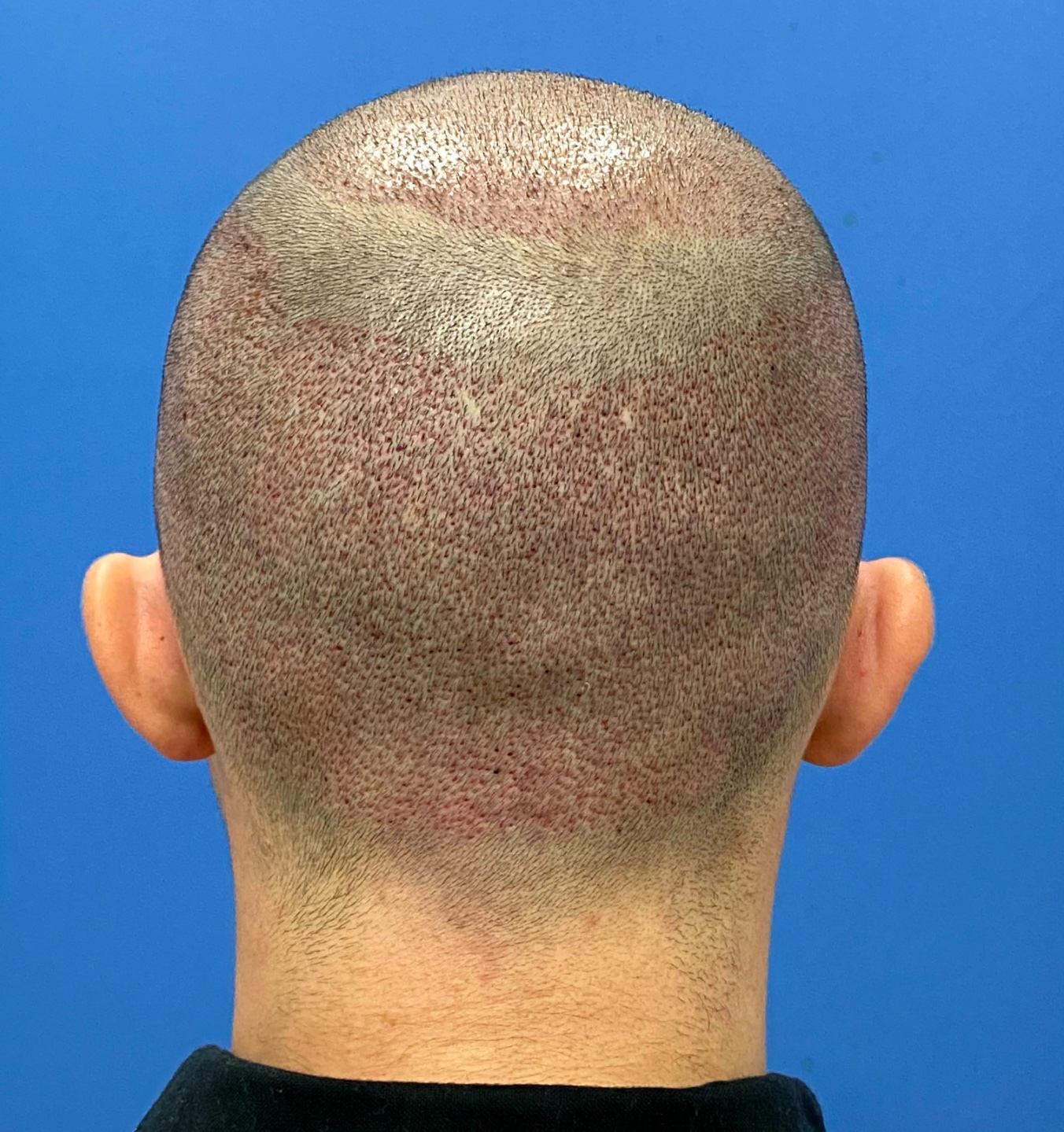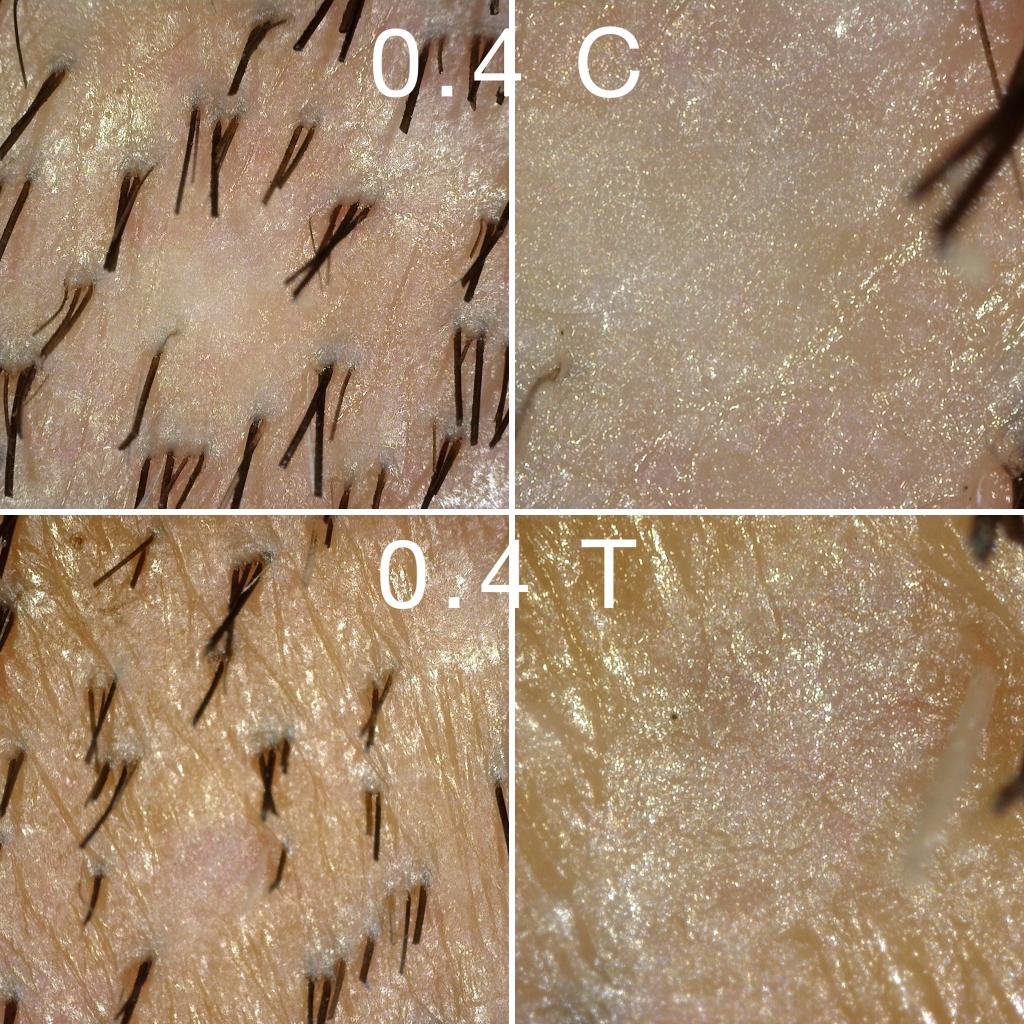A recent study was published in April 2022. Researchers from the University of Stanford studied the drug Verteporfin, which the FDA approved to treat eye diseases. They aimed to eliminate scarring. To effectively treat scarring, you must maintain the epidermal structure, hair follicles, sebaceous glands, and dermal appendages. Researchers made surgical wounds on mice under anesthesia and treated the incisions immediately with Verteporfin. The results were shocking. The surgical wounds did not develop any scars, and every site regrew hair follicles. A typical scar is void of hair follicles. So how is this going to affect the hair transplant industry? Keep reading.
How Does Verteporfin Work

Verteporfin works by blocking the Engrailed-1 fibroblast pathway. The Engrailed-1 pathway signals profibrotic cellular responses to wounds, leading to scar tissue development. By blocking the Engrailed-1 pathway, researchers found that skin wounds no longer developed scars. The wounds healed through regeneration, and hair follicles, glands, and extracellular matrix were fully regenerated. By inhibiting the Engrailed-1 signal, wounds heal without scars and with all dermal appendages. At least, this is what the study showed.
Will Verteporfin Work For Hair Loss?

The research is in its infancy stages. We cannot comment with certainty whether this will work on humans or not. The research was done on mice, though it is clear that inhibiting pathways that signal fibrotic cellular development is the best way to treat scars. This research can have enormous implications for medicine and cosmetic surgery worldwide. To date, no one has tested Verteporfin on the scalp. The present research shows that it can regenerate hair follicles punctured through a wound, but there is no evidence that it can regenerate hair follicles that DHT has shrunk.
Verteporfin and Hair Transplant Surgery

Now, Verteporfin is not likely to treat male pattern baldness significantly. However, combined with surgical hair restoration, it may effectively cure hair loss as we know it. Suppose Verteporfin can inhibit the scarring pathway for hair transplant harvesting wounds. In that case, it can regenerate the skin structure, hair follicles, sebaceous glands, and extracellular matrix- this would mean that every hair follicle removed from the scalp would regenerate, leaving the donor area untouched. If surgeons can reproduce this on multiple occasions, hair transplant surgeons could remove enough hair to fully restore hair loss, with as much hair as the patient desires. Effectively it would cure hair loss as we know it.
Human Trials by Dr. Taleb Barghouthi

Dr. Taleb Barghouthi began human trials last month on a selected group of his patients. He used the same protocol that Stanford researchers used in their published study. He will be updating his findings on the official thread posted on the Hair Restoration Network. His most recent post showed promising results. He noted that the area treated with Verteporfin was significantly delayed in healing. The pictures also show the epidermal structure intact (0.4 C), while the area not treated with Verteporfin (0.4 T) has an altered epidermal structure resembling a crater and hyperpigmentation. We will post updates on the Hair Transplant Network YouTube Channel and the Hair Restoration Network. If this protocol works, Dr. Barghouthi has vowed to share his findings with recommended hair transplant surgeons worldwide. Exhilarating times, let's remain skeptical but optimistic.

